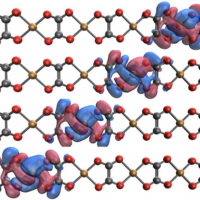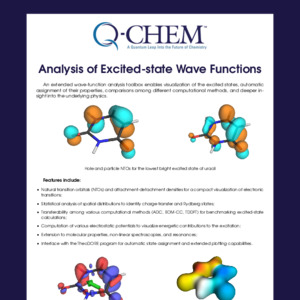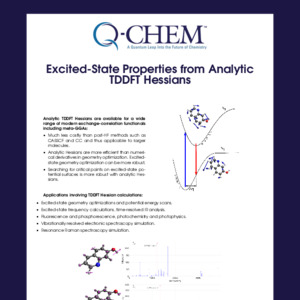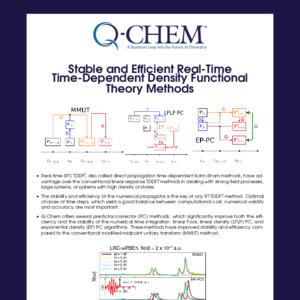Electronically Excited and Open-Shell Species
-
EOM-CC methods for excited (EE), ionized/electron-attached (IP/EA), and diradical states (SF, DIP, DEA): analytical gradients, properties, interface with PCM, Effective Fragment Potential Method and QM/MM;
-
ADC family of methods (EE/SF/IP/EA) including ADC(2X) and ADC(3);
-
RI-SOS-CIS(D): N\(^4\) excited state method;
-
Restricted Active Space nSF methods for polyradicals and multiple bond breaking;
-
Collinear and non-collinear SF-DFT for strongly correlated species;
-
Analytical gradient and Hessian for TDDFT/TDA and full TDDFT;
-
Non-adiabatic couplings within CIS, TD-DFT, and EOM-CC frameworks;
-
Spin–orbit couplings within TDDFT, EOM-CC, and RAS-CI;
-
Non-linear optical properties for EOM-CC and ADC (two-photon absorption, polarizabilities, RIXS);
-
Wave-function analysis for EOM-CC, ADC, TDDFT, and CIS: Natural Orbitals, Natural Transition Orbitals, exciton descriptors, attachment- detachment densities, and more;
-
Performance enhancements: RI/Cholesky, multi-core parallelization, single precision execution.
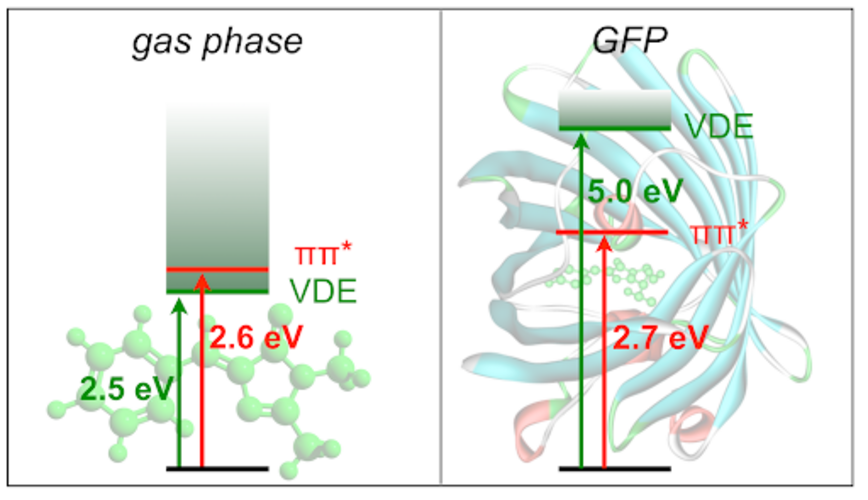
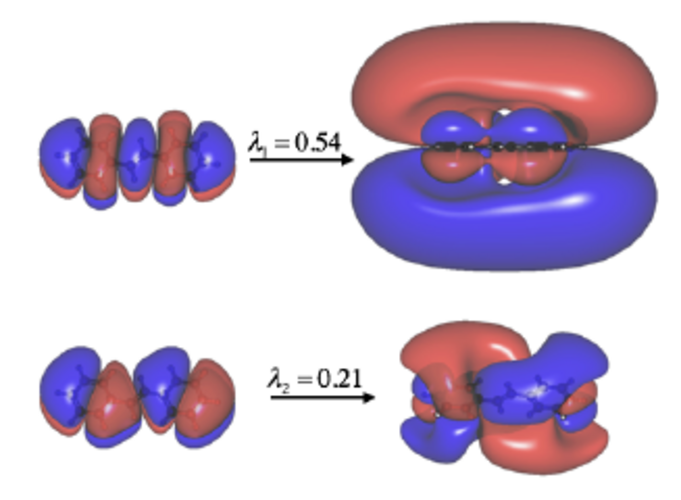
Want to try Q-Chem?

